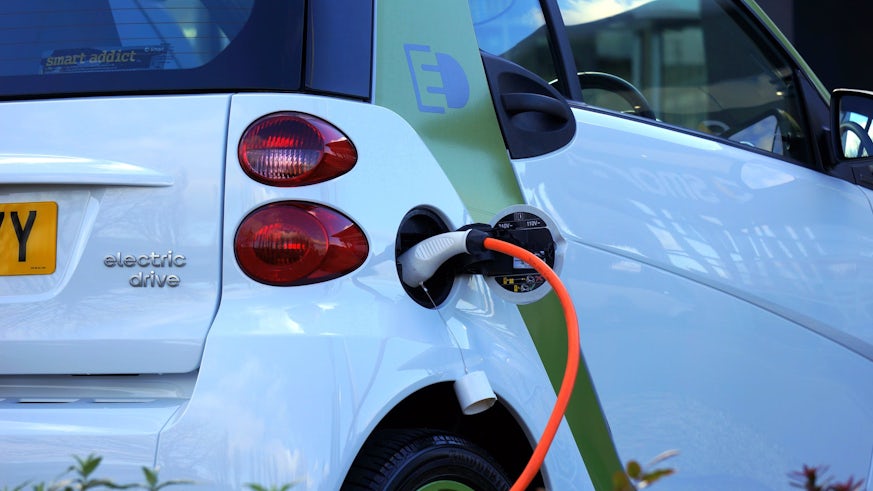Sustainable transport systems of the future
5 June 2019

Mathematicians propose a new model for refuelling alternative-fuel vehicles in future road networks.
From electric cars and propane vehicles to natural gas-powered buses and trucks that run on bio-diesel, today’s options for alternative fuel vehicles are vast and play an increasing role in road transport networks.
However, alternative fuel vehicles face a big hurdle when it comes to the prospect of implementation and efficient usage - their fuelling network needs development. In simple terms, the biggest problem with fuel cell cars is the limited amount of hydrogen stations. For electric cars, it’s the time it takes to charge the battery and the relatively short distance one is able to drive on a single charge.
Exploring the theme of ‘sustainable futures’, Dr Andrei Gagarin was invited to talk at the PSE College Symposium on 9 May, where he discussed his collaborative work with Dr Padraig Corcoran (School of Computer Science) entitled 'Mathematical modelling and experiments for refuelling alternative-fuel vehicles in road networks'. Preliminary results for this research were reported at the 8th International Conference on Computational Logistics in Southampton, 2017.
Additionally, the researchers published a related paper last year in Computers and Operations Research titled ‘Multiple domination models for placement of electric vehicle charging stations in road networks’.
Given the complexity of road network layouts, determining appropriate locations and capacities for refuelling stations is a challenging multi-objective optimisation problem with many limitations.
Some of the key objectives of Gagarin and Corcoran’s research is to minimise the length of detours from the desired route necessary for refuelling while assuming a reasonably small number of refuelling stations to serve the entire road network.
Their research proposes to model the facility location problem for placement of refuelling/charging stations as a k-domination problem in reachability graphs, which are derived from the original road network layout. For example, this model takes into consideration natural assumptions, such as a threshold for the remaining battery charge, and provides some guaranteed minimal choice for travelling to recharge the battery in the network.
The researchers hope that this kind of modelling will help to contribute to the development of smart refuelling infrastructure for future sustainable transport systems.